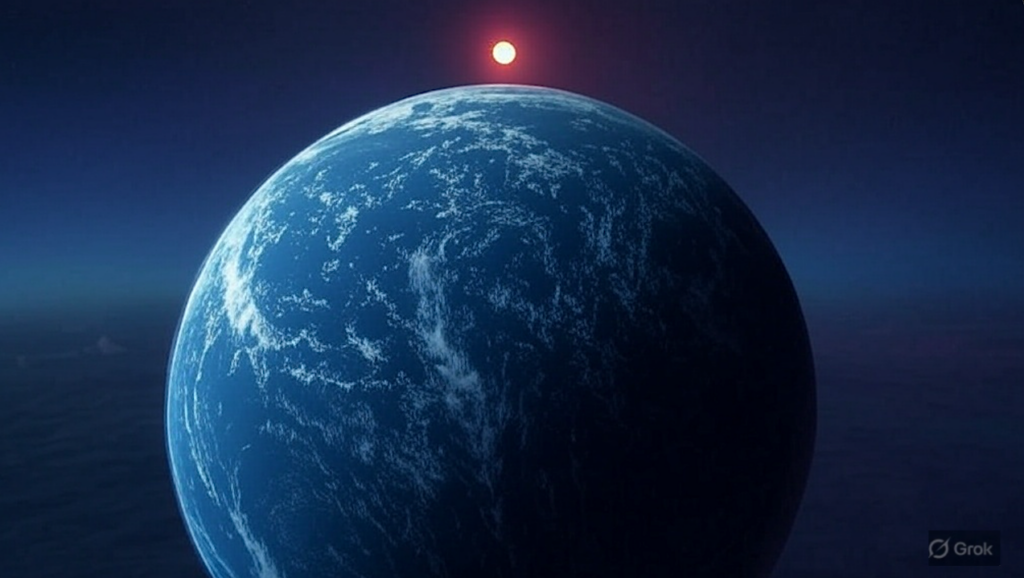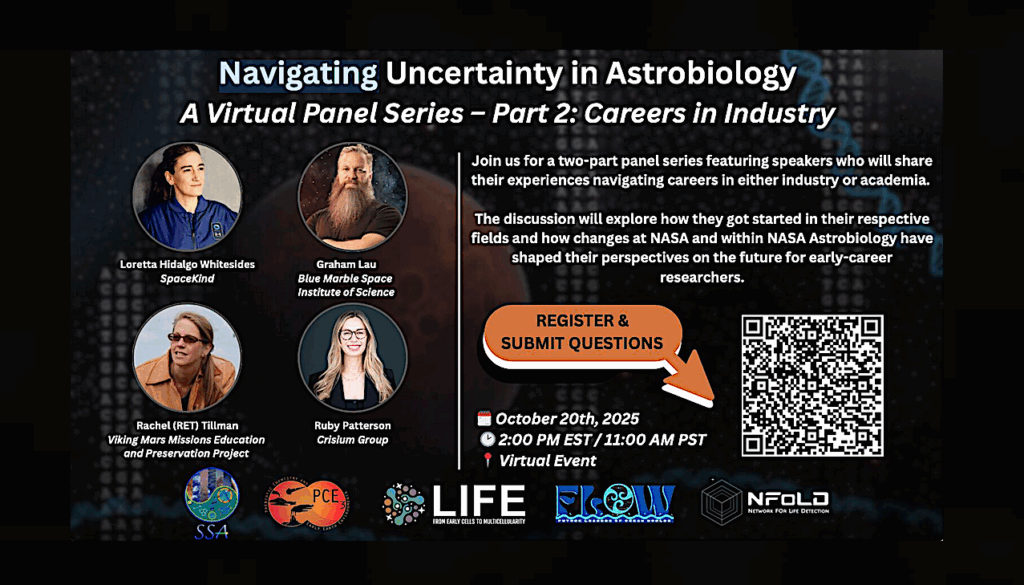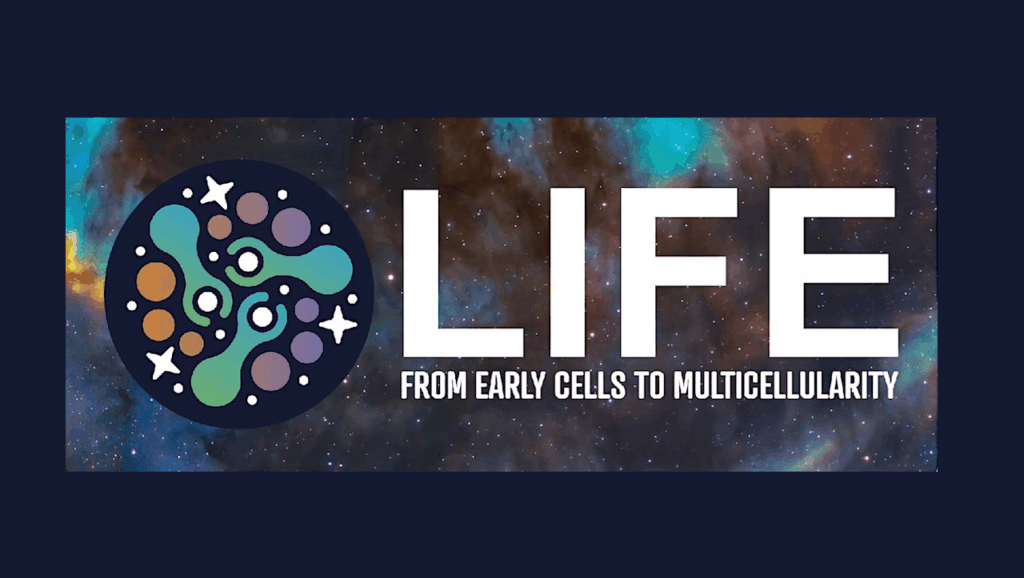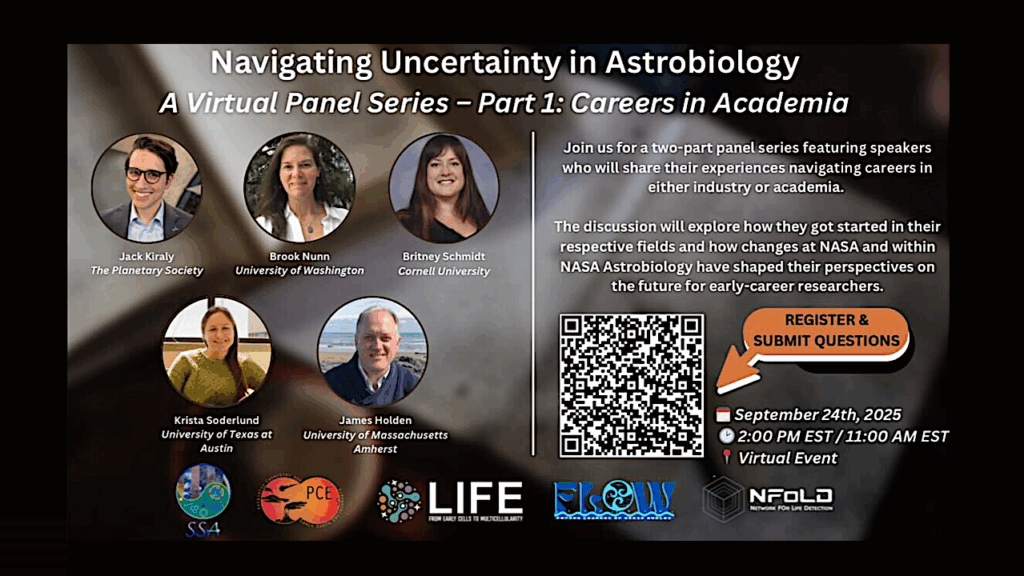NASA/PBS TV Show "Looking for Life To Air
From Tom Pierson, SETI Institute: Jack Farmer wrote: Dear Tom: I wanted to draw your attention to a new television feature called “Looking for Life” that involves a collaboration between Macquarie University and NASA’s Passport to Knowledge (public television’s longest running series of interactive learning adventures). This new Passport to Knowledge, provides a broadly based survey of Astrobiology (see show description below). It will air on NASA Select and Public Broadcasting Service stations later this month (see schedule below).
A nice teaser can be found at: http://learners.gsfc.nasa.gov/mediaviewer/Lookingforlifeintro/. In addition to the feature, the new Passport to Knowledge also provides curriculum materials for teachers and students that take advantage of three NASA Learning Technology (NLT) tools:
1) The “Virtual Field Trip” allows students to explore selected field trip locations using spherical panoramic footage of a field site. Students are able to “look around” a 360-degree view of the environment and along the way, access videos where experts explain what they are seeing. Experts note points of interest, and students can jump from one location to another as they explore. Once they’ve started the “Virtual Field Trip,” students can take an even closer look using the other two NLT other tools. A focus of the Virtual Fieldtrip for the “Looking for Life” adventure is the Pilbara region of western Austraila, site of the oldest known stromaolites and cellular fossils on Earth. This field trip was filmed during an international expedition to the Pilbara held last summer which was attended by Bruce Runnegar and Rose Grymes of the NAI, as well as one of your SETI folks – Seth Shostak. The “Virtual Lab” includes a suite of simulated microscopes that allow students to study the closeup features of rocks “back in the lab”. Actual samples from a 3.5-billion-year-old stromatolite and modern-day microbial mats were scanned into electronic files, and can be explored by students using the virtual microscopes. For example, students can compare 3.5- billion-year-old fossils with samples of modern stromatolites.
3) NLT’s “What’s the Difference” tool helps students compare the details of microscopic images, with the modern and ancient environments of the Pilbara and Mars.
All of these NLT curriculum elements are accessible through the NASA Quest Web site.
A brief description of the “Looking for Life” special is given below:
Is life on Earth unique? Are humans the only intelligent beings in the universe? These are some of the deepest and most ancient of questions. Now, for the first time, we have the tools and technology to begin probing for the answers. Scientists believe these answers lie untouched in some of the most exotic and dramatic sites on our home planet. “Looking for Life” takes viewers to these distant locations for the most current reports on this exciting scientific frontier.
In the rust-red Pilbara desert of Western Australia, an international team of NASA and university researchers looks at ancient rocks to see if they offer unambiguous evidence of life on Earth as long as 3.5 billion years ago. At Shark Bay, a young graduate student dives in chilly waters to sample stromatolites, “living fossils” that may resemble early life-forms. In the startling red and yellow waters of Spain’s Rio Tinto, an intrepid cameraman ventures underwater to photograph the rich organisms found in some of the most acidic streams on Earth. Nearby a NASA team tests a prototype drill that could be deployed to Mars or to Jupiters mysterious moon, Europa. North of the Arctic Circle, researchers from Indiana University look for life deep underground in the Lupin Mine. South of the Equator, far up in the Bolivian Andes, NASA’s Nathalie Cabrol dives in the highest waters on Earth, whose salty shores resemble the ancient lakes recently found on Mars by NASA’s rovers, Spirit and Opportunity. She finds organisms thriving in an environment of extreme cold and dangerous levels of radiation.
Special Airs on NASA Select:
Thursday, May 25, 2006
8:00-9:00 a.m., 4:00-5:00 p.m. and 8:00-9:00 p.m.
Saturday, May 27, 2006
8:00-9:00 a.m. and 4:00-5:00 p.m.
For PBS broadcasts, see local listings.
Please feel free to share this message with anyone you think will be interested. Thanks!
Jack








